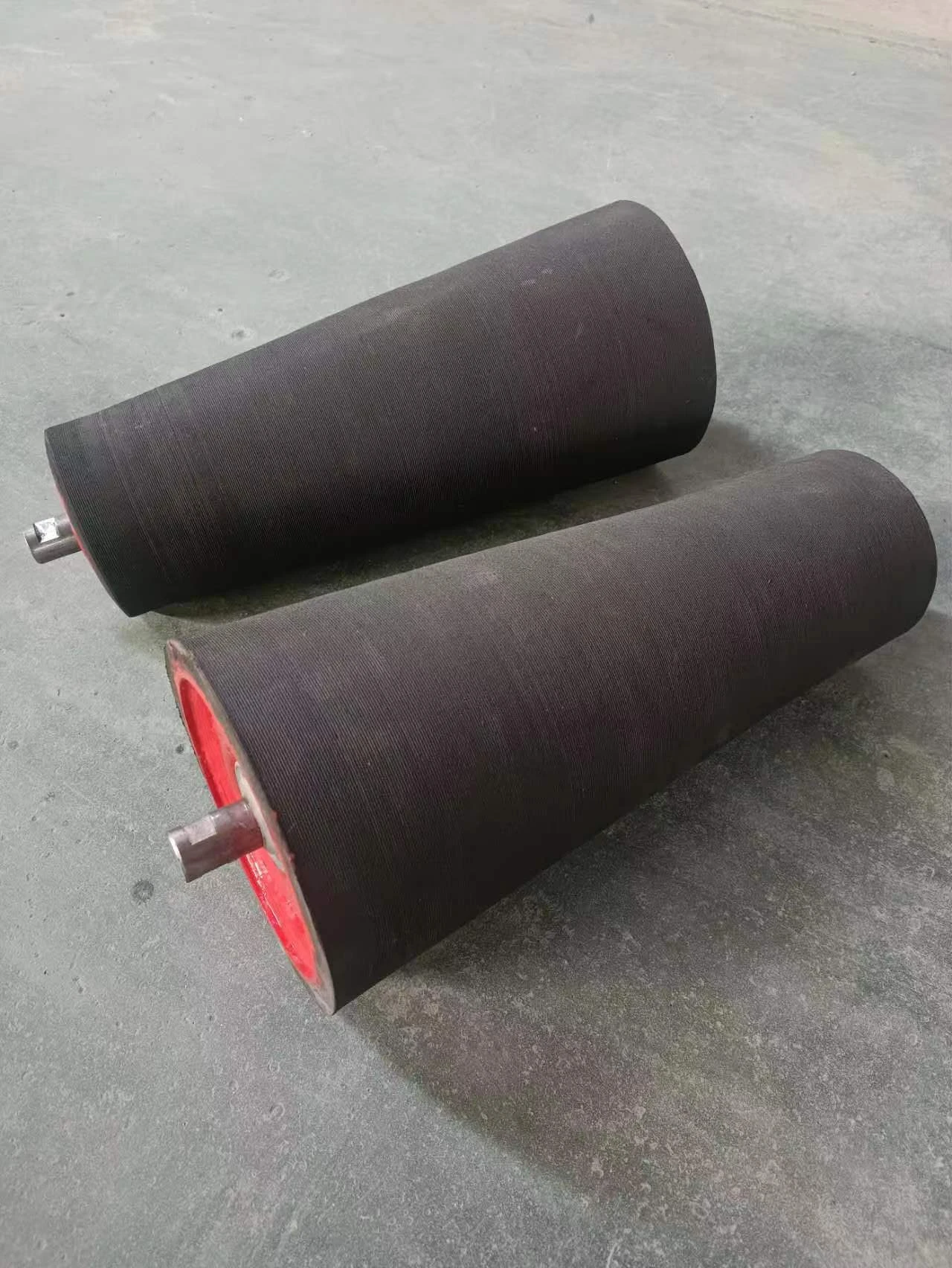 Afrikaans
Afrikaans  Albanian
Albanian  Amharic
Amharic  Arabic
Arabic  Armenian
Armenian  Azerbaijani
Azerbaijani  Basque
Basque  Belarusian
Belarusian  Bengali
Bengali  Bosnian
Bosnian  Bulgarian
Bulgarian  Catalan
Catalan  Cebuano
Cebuano  Corsican
Corsican  Croatian
Croatian  Czech
Czech  Danish
Danish  Dutch
Dutch  English
English  Esperanto
Esperanto  Estonian
Estonian  Finnish
Finnish  French
French  Frisian
Frisian  Galician
Galician  Georgian
Georgian  German
German  Greek
Greek  Gujarati
Gujarati  Haitian Creole
Haitian Creole  hausa
hausa  hawaiian
hawaiian  Hebrew
Hebrew  Hindi
Hindi  Miao
Miao  Hungarian
Hungarian  Icelandic
Icelandic  igbo
igbo  Indonesian
Indonesian  irish
irish  Italian
Italian  Japanese
Japanese  Javanese
Javanese  Kannada
Kannada  kazakh
kazakh  Khmer
Khmer  Rwandese
Rwandese  Korean
Korean  Kurdish
Kurdish  Kyrgyz
Kyrgyz  Lao
Lao  Latin
Latin  Latvian
Latvian  Lithuanian
Lithuanian  Luxembourgish
Luxembourgish  Macedonian
Macedonian  Malgashi
Malgashi  Malay
Malay  Malayalam
Malayalam  Maltese
Maltese  Maori
Maori  Marathi
Marathi  Mongolian
Mongolian  Myanmar
Myanmar  Nepali
Nepali  Norwegian
Norwegian  Norwegian
Norwegian  Occitan
Occitan  Pashto
Pashto  Persian
Persian  Polish
Polish  Portuguese
Portuguese  Punjabi
Punjabi  Romanian
Romanian  Russian
Russian  Samoan
Samoan  Scottish Gaelic
Scottish Gaelic  Serbian
Serbian  Sesotho
Sesotho  Shona
Shona  Sindhi
Sindhi  Sinhala
Sinhala  Slovak
Slovak  Slovenian
Slovenian  Somali
Somali  Spanish
Spanish  Sundanese
Sundanese  Swahili
Swahili  Swedish
Swedish  Tagalog
Tagalog  Tajik
Tajik  Tamil
Tamil  Tatar
Tatar  Telugu
Telugu  Thai
Thai  Turkish
Turkish  Turkmen
Turkmen  Ukrainian
Ukrainian  Urdu
Urdu  Uighur
Uighur  Uzbek
Uzbek  Vietnamese
Vietnamese  Welsh
Welsh  Bantu
Bantu  Yiddish
Yiddish  Yoruba
Yoruba  Zulu
Zulu conveyor pulley specification
Conveyor Pulley Specifications A Comprehensive Guide
Conveyor pulleys are critical components in material handling systems, serving as the driving force behind the efficient movement of goods. The specifications of conveyor pulleys vary widely depending on their intended use, load capacity, and the overall design of the conveyor system. Understanding these specifications is essential for selecting the right pulley for specific applications.
Types of Conveyor Pulleys
There are several types of conveyor pulleys, including drive pulleys, return pulleys, and snub pulleys. Drive pulleys are typically powered, providing the necessary force to move the conveyor belt. Return pulleys, on the other hand, support the belt as it returns to the drive pulley, ensuring smooth and stable operation. Snub pulleys are used to increase the belt's contact with the drive pulley, enhancing traction.
Key Specifications
1. Diameter The diameter of a conveyor pulley affects the belt's movement and the overall efficiency of the conveyor system. Standard pulley diameters range from 4 inches to over 30 inches. Larger diameters are often used for applications requiring higher capacity and speed, while smaller diameters may be suitable for lighter loads.
2. Face Width The face width of a pulley is the width of the pulley contact surface. It is vital to ensure that the face width matches the conveyor belt width to prevent belt misalignment and excessive wear. Typical face widths can range from a few inches to several feet, depending on the application.
conveyor pulley specification

3. Construction Material Conveyor pulleys are constructed from various materials, including steel, aluminum, and plastic. Steel pulleys are commonly used for their durability and strength, particularly in heavy-duty applications. Aluminum and plastic pulleys may be used in lighter applications to reduce weight and cost.
4. Weight Capacity The weight capacity of a pulley is crucial for its performance. Each pulley specification should outline the maximum load it can handle. Selecting a pulley that can support the intended load is essential to ensure reliability and prevent premature wear or failure.
5. Shaft Size and Type The shaft size and type should be compatible with the motor and bearings used in the conveyor system. Common shaft sizes vary, and specifications should provide details regarding the diameter and length. The type of shaft—solid or hollow—also impacts the strength and performance of the pulley.
6. Bearing Type The type of bearing used in a pulley affects its operational efficiency and lifespan. Common bearing types include roller and ball bearings, each offering different levels of load capacity and friction resistance.
Conclusion
Selecting the appropriate conveyor pulley is vital for achieving optimal performance in material handling systems. Understanding the specifications, including diameter, face width, construction material, weight capacity, shaft size, and bearing type, can help engineers and operators make informed decisions. By carefully evaluating these factors, companies can enhance the efficiency and longevity of their conveyor systems, resulting in significant operational benefits. Whether for heavy-duty industrial applications or light-duty scenarios, the right conveyor pulley can make all the difference in ensuring smooth and reliable material transport.
-
Revolutionizing Conveyor Reliability with Advanced Rubber Lagging PulleysNewsJul.22,2025
-
Powering Precision and Durability with Expert Manufacturers of Conveyor ComponentsNewsJul.22,2025
-
Optimizing Conveyor Systems with Advanced Conveyor AccessoriesNewsJul.22,2025
-
Maximize Conveyor Efficiency with Quality Conveyor Idler PulleysNewsJul.22,2025
-
Future-Proof Your Conveyor System with High-Performance Polyurethane RollerNewsJul.22,2025
-
Driving Efficiency Forward with Quality Idlers and RollersNewsJul.22,2025





























